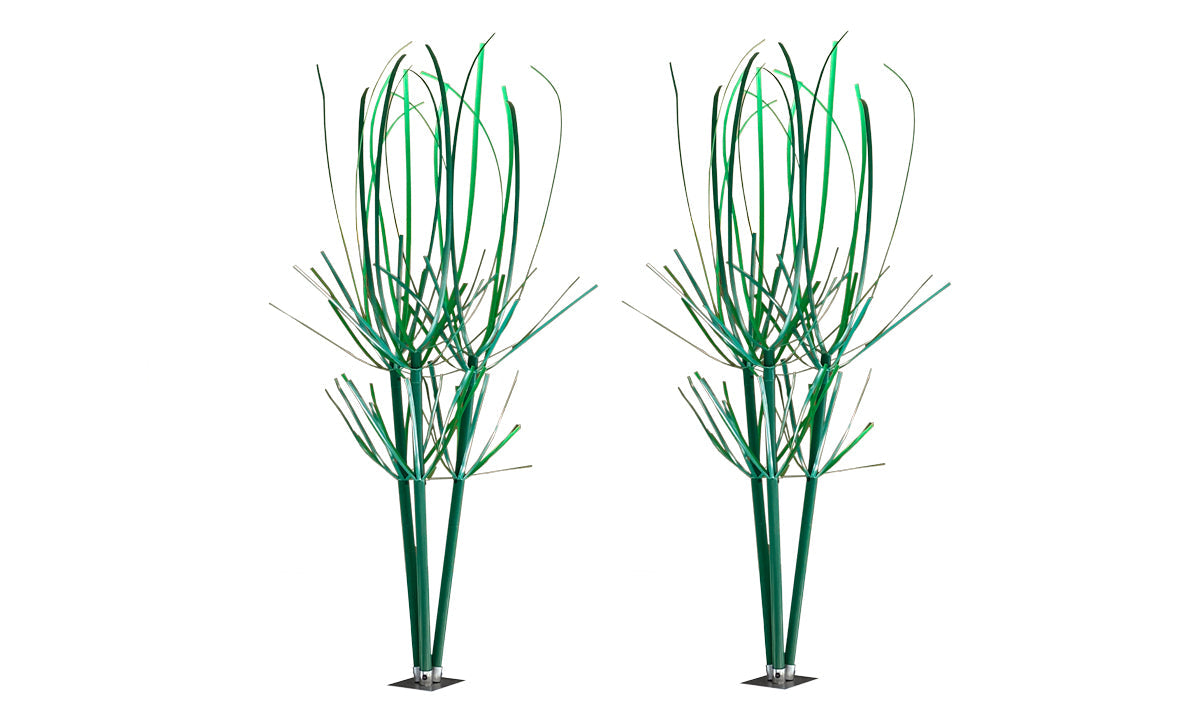Specifications
10'-12'
53 sq. ft.
8'
5'x5'
11 lbs
120 leaves/6 limbs
Intermediate
More Details
- (2) 8”x8” galvanized bases, each with 3-cylindrical clusters
- (6) Honey Hole Grass Stems for a total of 120 "leaves"
When you order artificial fish habitat online, it will be shipped to you in boxes via Ground Shipping and the fees are calculated at checkout. Typically, it takes less than a week for us to process your order for shipping from our facility in Lindsay, Texas. When it does, you’ll receive a confirmation email including your tracking number.
The Honey Hole Reed doesn’t require any assembly, but to maximize the coverage area, spread the leaves apart by folding them backward against each limb. The Reed is self-righting, so just toss it into water 10 to 12-feet deep and watch it sink.
FAQ
| Honey Hole Products | Other Artificial Fish Habitat |
|
|
|
|
|
|
|
|
Great value for the money & the quality is as promised.

Easier to manage than naturally occurring habitat
Fish need cover. But, especially in Texas fisheries and reservoirs, there isn’t a lot of naturally occurring vegetation because these bodies of water are mostly man-made. To attract fish, you could plant riparian vegetation, but the problem with that is it can easily get out of control, creating a lot of other problems for your fishery. It is much easier to install Pond King’s Honey Hole Reed. It won’t decay and it won’t overrun your fishery.
Attract gamefish fish, repel avian predators

















